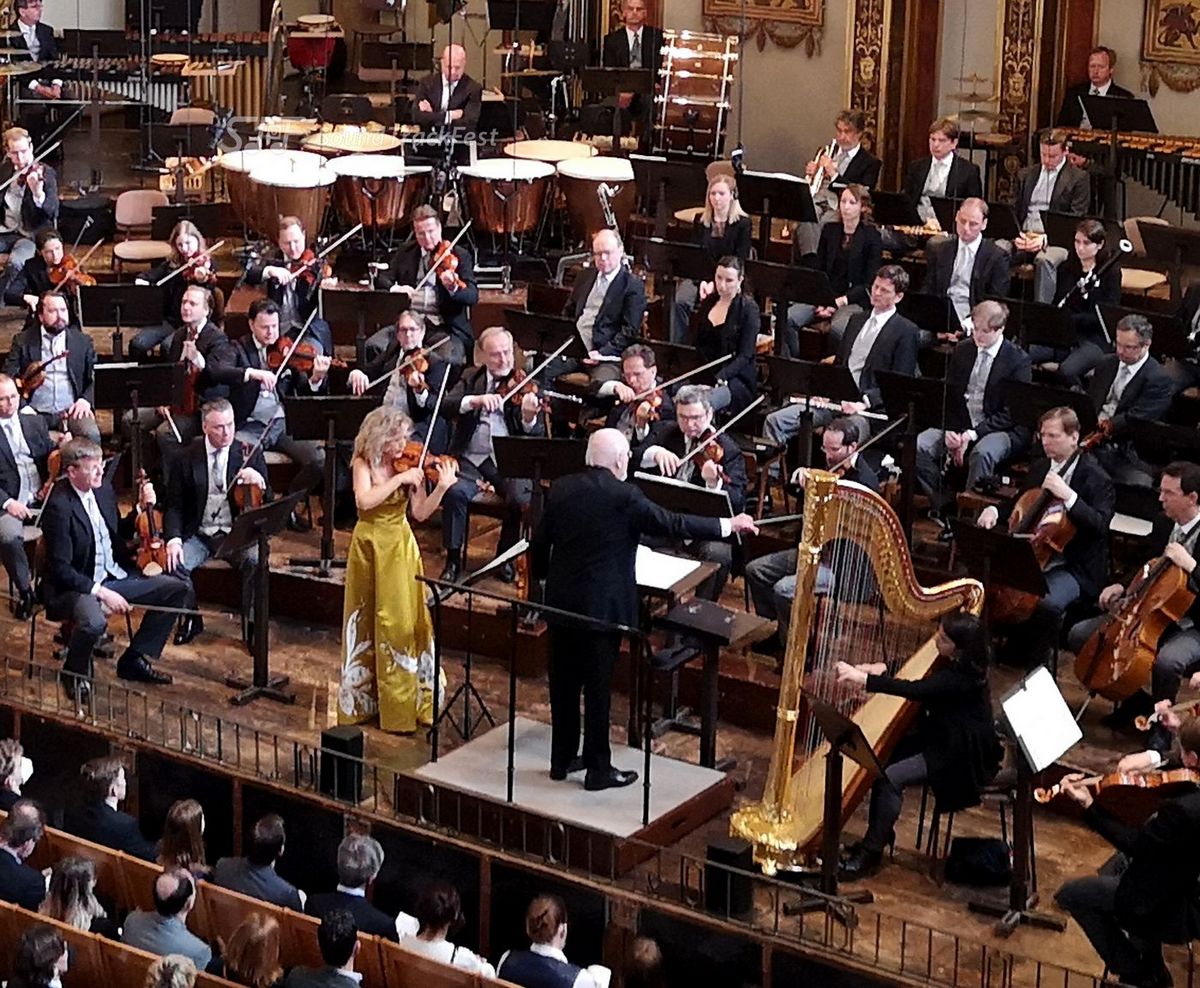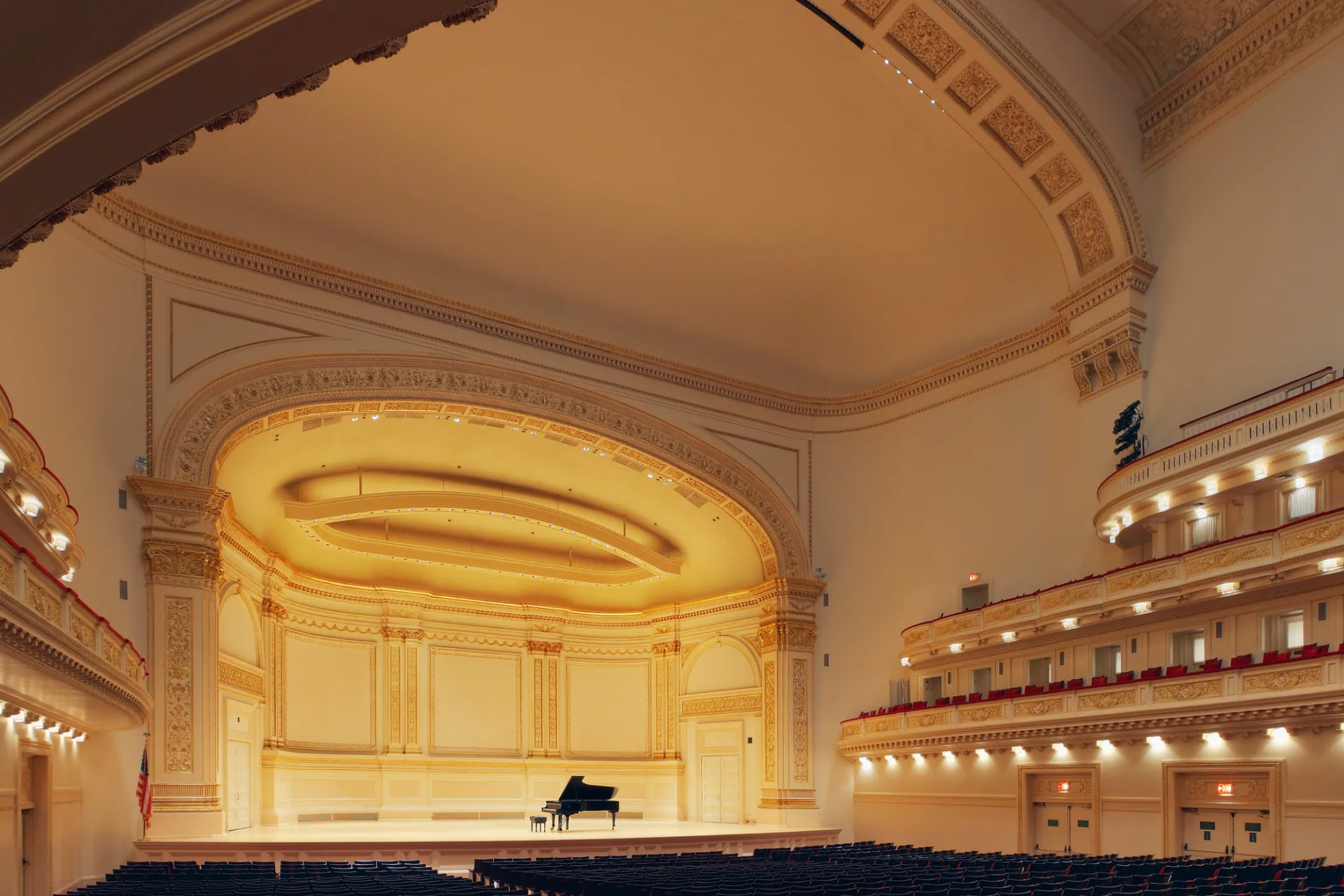Classical concertos stand as pillars of the orchestral repertoire, showcasing the skill of a soloist against a backdrop of symphonic support. One intriguing aspect often leaves enthusiasts pondering is the number of movements typically found in a classical concerto. Delving into this question unravels the structural brilliance of these compositions. From the grandeur of Mozart to Beethoven’s drama, each concerto has a unique narrative woven through its movements. Join us on a journey of exploration as we unveil the mystery behind how many movements adorn the classical concerto, shedding light on the significance of each part in shaping the overall musical experience.
It’s the final movement of Bach’s third Brandenburg concerto–and a tribute to William F. Buckley, Jr. Bill used the final movement of the second Brandenburg concerto to open “Firing Line. https://t.co/6xtWynvRpK
— Peter Robinson (@p_m_robinson) July 25, 2022
Introduction: Exploring Classical Concertos
Classical concertos have been a cornerstone of classical music for centuries, mesmerizing audiences with their intricate compositions and virtuosic performances. These musical works typically consist of multiple movements, each showcasing different themes and musical ideas.
The History of Concertos
Concertos originated in the Baroque period and evolved significantly during the Classical and Romantic eras. Composers like Bach, Mozart, and Beethoven were masters of the concerto form, setting the stage for future generations.
The Structure of a Classical Concerto
A classical concerto usually comprises three movements: the fast-paced first movement, the lyrical second movement, and the lively finale. Each movement serves a specific purpose in the overall narrative of the concerto, providing contrast and cohesion.

The Origins of the Concerto Form
The concerto form, as we know it today, has a rich history dating back to the late Renaissance and early Baroque periods. Initially, the concerto was developed as a musical composition that contrasted a solo or group of instruments with an orchestra. This juxtaposition of soloist and ensemble laid the groundwork for the concerto structure we recognize today.
The Baroque Era: Birth of the Concerto
During the Baroque era, composers like Antonio Vivaldi and Johann Sebastian Bach played pivotal roles in shaping the concerto form. Vivaldi, known for his virtuosic violin concertos, expanded the soloist’s role within the concerto, showcasing technical prowess and expressive capabilities.
The Classical Period: Evolution of the Concerto
As the classical period unfolded, composers like Wolfgang Amadeus Mozart and Ludwig van Beethoven further developed the concerto form. They introduced the three-movement structure commonly associated with classical concertos, comprising fast, slow, and fast movements.

Typical Structure of a Classical Concerto
In understanding the typical structure of a classical concerto, it is essential to note that these musical compositions usually consist of three main movements: Allegro, Adagio, and Rondo. Each movement serves a distinct purpose and showcases different musical elements.
Allegro
The first movement, Allegro, is typic. It is allegrost-paced and lively, serving as an energetic opening to the concerto. It often features intricate melodies and virtuosic passages, allowing soloists to demonstrate their technical skills.
Adagio
The second movement, Adagio, is characterAdagioy a slower tempo and a more lyrical quality. This section contrasts the preceding Allegro, focusing on aggressive melodies and emotional depth.
Rondo
The final movement, Rondo, is typically lively and rhythmic. It features a recurring theme that alternates with contrasting sections. This movement often highlights the interaction between the soloist and the orchestra, culminating in a dynamic and thrilling conclusion.
Examining the Number of Movements
When exploring the composition of a classical concerto, a key aspect to consider is the number of movements it typically consists of. Traditional classical concertos usually comprise three movements, each serving a distinct purpose in the overall narrative of the piece.
The First Movement: Allegro
This initial movement sets the tone for the concerto, often characterized by a brisk tempo and featuring the main thematprimaryaterial. It establishes the overarching mood and introduces the listener to the musical ideas that will be further explored in subsequent movements.
The Second Movement: Adagio
The second movement, typically slower in pace and marked as an adagio, contrasts with the energetic first movement. It offers a moment of reflection and emotional depth, showcasing the composer’s ability to evoke various sentiments through music.
The Third Movement: Allegro
The final movement of a classical concerto, often designated as allegro, brings tAllegro to a thrilling conclusion. This segment is characterized by its dynamic and lively nature, captivating the audience with vigor and showcasing the performers’ virtuosity.
Case Studies of Well-known Concertos
Exploring the structure of classical concertos involves delving into well-known compositions that exemplify the typical movements found in this musical form. These case studies offer insight into this genre’s variety and complexity, showcasing composers’ skill and artistry throughout history.
Beethoven’s Piano Concerto No. 5 in E-flat Major, Op. 73
One of Beethoven’s most celebrated works, this concerto features the traditional three-movement structure standard in classical concertos. The sprawling first movement showcases virtuosic piano passages interwoven with orchestral elements, while the lyrical second movement contrasts mood and tempo. The concerto concludes with a dramatic and energetic final movement.
Mozart’s Clarinet Concerto in A Major, K. 622
Composed in 1791, Mozart’s Clarinet Concerto is a staple of the clarinet repertoire. This concerto consists of three movements, with the melancholic second movement particularly noteworthy for its expressive lyricism. The engaging interplay between the soloist and the orchestra characterizes this timeless work.
Importance of Movement Count in Understanding Concertos
Understanding the movement count in classical concertos is essential for appreciating the structure and narrative of these musical compositions. The number of movements in a concerto determines the piece’s overall form, pacing, and emotional progression, offering listeners a roadmap to follow throughout the performance.
The Significance of Each Movement
Each movement in a concerto serves a specific purpose and contributes to the overall musical journey. The first movement typically establishes the main thematic material. It sets the tone for the entire piece, while the second movement often contrasts mood and allows for lyrical expression. Lastly, the final movement typically brings the concerto to a thrilling conclusion with virtuosic displays and exciting resolutions.
On the Structure and Complexity
The number of movements in a concerto can also indicate its structural complexity. Concertos with multiple movements may feature intricate interactions between the soloist and the orchestra, showcasing the composers’ creativity in developing themes and motifs across different sections. Conversely, concertos with fewer movements tend to have a more concise and focused narrative, emphasizing economy and precision in musical storytelling.
Frequently Asked Questions
- What is a classical concerto?
- A classical concerto is a musical composition typically composed for a solo instrument accompanied by an orchestra.
- How many movements are usually found in a classical concerto?
- Classical concertos typically consist of three movements: fast, slow, and fast.
- What is the structure of a classical concerto?
- The typical structure of a classical concerto involves the soloist showcasing their musical abilities in the first movement, followed by a slower and more lyrical second movement, and ending with a lively and energetic third movement.
- What are the characteristics of each movement in a classical concerto?
- The first movement is often characterized by its virtuosic and dramatic elements, the second movement is more expressive and melodic, and the third movement is typically fast-paced and showcases the soloist’s technical prowess.
- Are there any variations in the number of movements in classical concertos?
- While three movements are most common, there are classical concertos with variations, such as two-movement concertos or even those with four or more movements.
Unlocking the Symphony of Movements
In conclusion, exploring the number of movements in a classical concerto reveals the intricate design and storytelling within this musical form. Understanding the typical structure of three movements—fast, slow, fast—provides insight into the emotional journey composers intended to take listeners on. Each movement serves a distinct purpose, offering contrast in tempo, mood, and expression while contributing to the overall narrative of the concerto.
By delving into the architecture of classical concertos, one gains a greater appreciation for the artistry and craftsmanship involved in composing these masterpieces. Audiences who listen to these works with newfound knowledge can engage more deeply with the music and experience a heightened sense of connection with the performers and composers.





